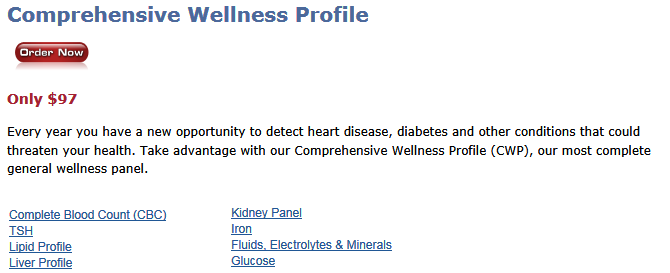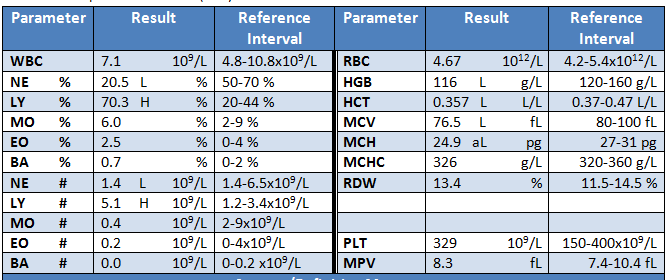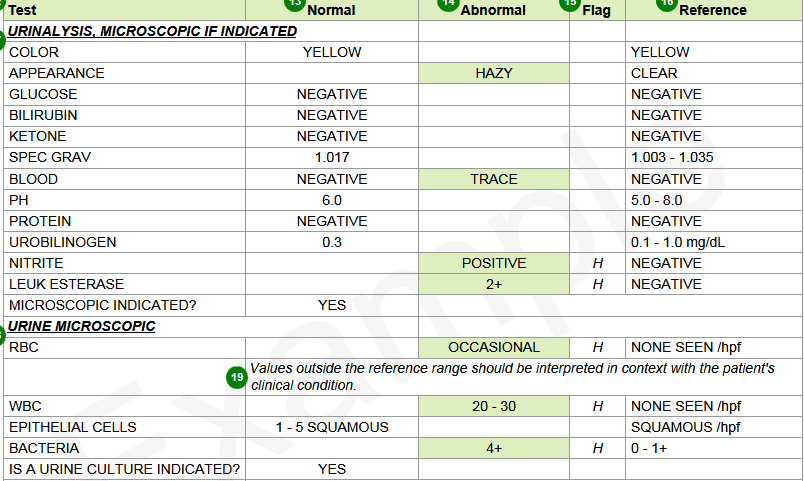What is iCCRM?
iCCRM, intelligent Colon Cancer Risk Monitor, is an AI powered cancer risk evaluation and
interception tool designed with the strategies of “The Art of War” to help lower colon cancer
risk and stop colon cancer from forming.
Why is iCCRM needed?
WHO reports that between 30% and 50% of cancer deaths could be prevented by modifying or avoiding key risk factors. These key risk factors include avoiding tobacco products, reducing alcohol consumption, maintaining a healthy body weight, exercising regularly and addressing infection-related aspects.
iCCRM will help determine your current colon cancer risk level and uncover colon cancer
risk drivers that can be intervened to lower colon cancer risk. iCCRM will also help measure
the effectiveness of colon cancer risk intervention to continue lowering your colon cancer
risk and, ultimately, help avoid colon cancer.
How is iCCRM different from all current cancer risk prediction tools?
All current cancer risk prediction tools primarily use qualitative data, which are subjective details accounting for personal feelings. Thus, the findings usually cannot be generalized to the general population.
iCCRM primarily uses quantitative data that are objective with industry standards. For example, blood testing results needed for iCCRM are generated by medical equipment that all meet industry standards. Thus, the findings can be applied to the general population.
How is iCCRM different from cancer screen tests?
Screen tests would not help people prevent and avoid cancer because the purpose of cancer screen tests is to DETECT cancer, not to prevent and avoid cancer. The result of cancer screen tests is either “Yes/No” or “Positive/Negative”. It does not help those who have the result of “No” or “Negative”. For some people who have “No” or “Negative” results, they might get “Yes” or “Positive” results in the future.
iCCRM makes colon cancer prevention transparent, actionable, and measurable. It first helps people understand their current colon risk level and then provides a list of the intervenable high-risk factors for precise intervention to help people lower colon cancer risk and finally to avoid colon cancer.

What’s the process to get an iCCRM report?
There are 4 steps to get the iCCRM report:
- Get 3 lab tests done: see below for lab test details.
- Answer questions on “Smoking, Drinking, Exercising, and Family History of Cancer”.
- Submit the information: please also include your name (any preferred name or just
an ID), gender, and age information to: cs@cancerriskmonitor.com - Make the payment
The iCCRM report will be sent to you within 24 to 72 hours
What lab test results do I need to provide?
The lab test is typically called “Comprehensive Wellness Profile” that includes Complete Blood Count, Liver Profile, Kidney Panel, Glucose and Lipid Profile. Below is a list of sample results of the lab tests.
◘ Comprehensive Wellness Profile:
The Comprehensive Wellness Profile is a unisex testing profile for general wellness.

◘ Complete Blood Count (CBC):
A Complete Blood Count (CBC) is a blood test used to evaluate your overall health and detect a wide range of disorders including anemia, infection and leukemia.

Note- it is normal that different labs have different results and reference intervals
◘ Liver Profile:
A liver (hepatic) function panel is a blood test to check how well the liver is working.

Note- it is normal that different labs have different results and reference intervals.
◘ Kidney Panel:
A Kidney Panel Test is a common health screening used to help detect conditions affecting the kidneys.

◘ Glucose:
A glucose blood test measures the amount of a sugar called glucose in a sample of your blood.
![]()
◘ Lipid Profile:
The Lipid Profile blood test measures cholesterol in the body. The Lipid Profile specifically measures the Total Cholesterol, Triglycerides, High Density Lipoproteins (HDL also called “good cholesterol”), Low Density Lipoproteins (LDL also called “bad cholesterol”), a ratio of Total Cholesterol to HDL, and an estimated risk factor.

For cervical, ovarian or prostate cancer risk evaluation reports, an urinalysis test results will also be needed.
◘ Urinalysis Test
A urinalysis is used to detect and manage a wide range of disorders, such as urinary tract infections, kidney disease, and diabetes.

Where can I get the lab tests and will health insurance cover the lab tests?
You can always start with your available lab test results (recent or previous lab test results). If you don’t have the lab test results, you get the lab tests either in:
- Your doctor’s office (the health insurance will cover the lab tests), or
- A local lab: you can search online to find the nearest local lab. The cost for a Comprehensive Wellness Profile test is less than $100.
Different labs have different ranges of blood test results, how would you control the variation?
Blood test reference ranges can vary between different medical laboratories. This is because different laboratories use different equipment and testing methods. Our scientists have developed a proprietary technique to standardize the test results based on each of the labs’ reference ranges. During the standardization, all of the blood test results from different labs are transformed to standardized Z scores.
How are the risk indices and risk levels defined?
Risk index is the percentile score of the probability score of getting cancer. A risk index of 85 means the person’s probability score of getting cancer is at the 85th percentile, where 85 is the percentile rank. The probability score of getting cancer is calculated by each of the 13 unique AI cancer risk predictive algorithms.
Risk levels of High, Moderate and Low are determined by AI risk evaluation algorithms. The cut-off points of High, Moderate and Low correspond to different ranges of the risk indices. The range of the risk indices were defined during the research development stage based on information collected from cancer patients.
- Risk level of High = Risk index of 96 to 100
- Risk level of Moderate = Risk index of 65 to 95
- Risk level of Low = Risk index of 1 to 64
My risk level is “High”, does it mean I have cancer?
High Risk doesn’t mean cancer. Instead, it usually refers to the higher probability score of getting cancer that corresponds to the percentile score of 96 and above. A person with High Risk level typically has an unhealthy life style, weak immune system and/or abnormal blood test results. Take this opportunity to intervene early and lower your cancer risk by changing any unhealthy life styles or improving on abnormal blood test results to strengthen your immune system.